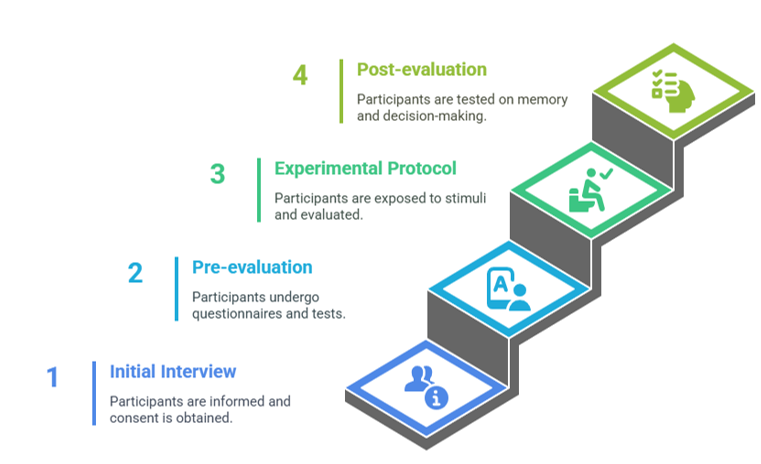Deciphering Purchase Decisions in Neuromarketing: A Systematic Review of the Last Decade Using Neutrosophic Z Numbers
Keywords:
Neuromarketing, Purchase Decisions, Systematic Review, Neutrosophic Z Numbers, Consumer Behavior, Uncertainty, Human Perception, Marketing Strategies, Neutrosophic AnalysisAbstract
The contribution of this article is to a basic neuromarketing question: awareness of how / why we buy in an overstimulating external environment. More specifically, the question is how ambiguous perceptions and unclear responses influence buying behavior; something the traditional systems sought have not extensively explored. The contribution is made through a decade's systematic review of the literature and subsequent application of neutrosophic Z numbers to quasi-experimental findings. The literature es compiled through the neutrosophic Z system of assessment to reveal trends and tendencies reflecting certain and uncertain findings of consumer response to marketing persuasion. This matters because relative to marketing and business development of advertising and public relations, it's critical since consumption-based economies hinge upon how well / intelligently goods and services are sold/marketed. Previous literary research has assessed the neuroscience foundations of neuromarketing from various situations, yet little has been recognized that humans might not always be driven to make mutually exclusive financial decisions. Therefore, the literature gap exists. Results are that neutrosophic Z numbers appeal directly to vagueness, assessing levels of attention greater than just attention, justifying why and when consumers buy — with uncertainty, and the potential for conflicting perspectives. Ultimately, this adds to the theoretical body of knowledge through a new lens and practically empowers professionals to assess consumer activities and reactions more logically and compassionately, thus strengthening competitive advantage strategies.
Downloads

Downloads
Published
License
Copyright (c) 2025 Neutrosophic Sets and Systems

This work is licensed under a Creative Commons Attribution 4.0 International License.






